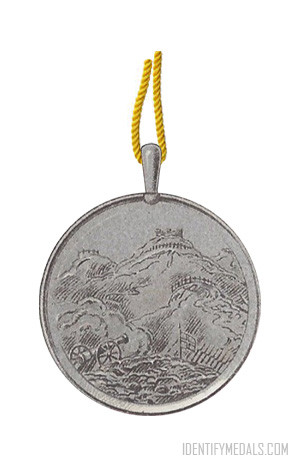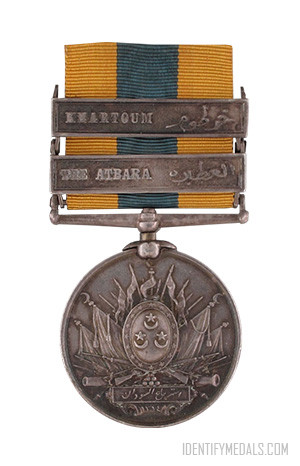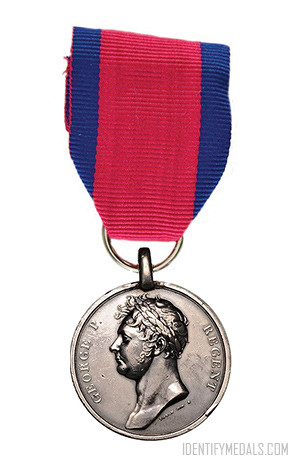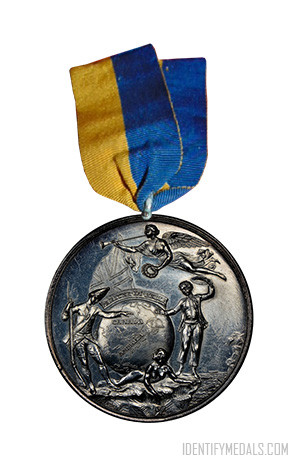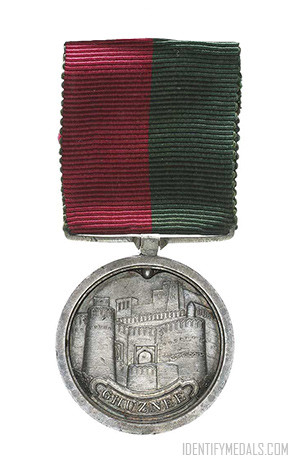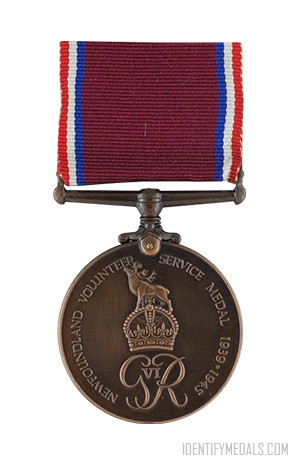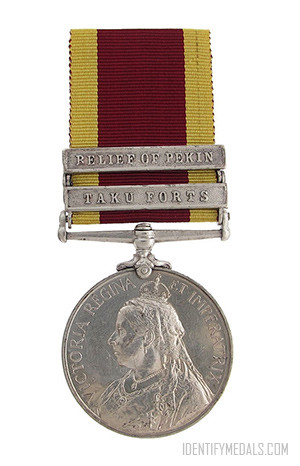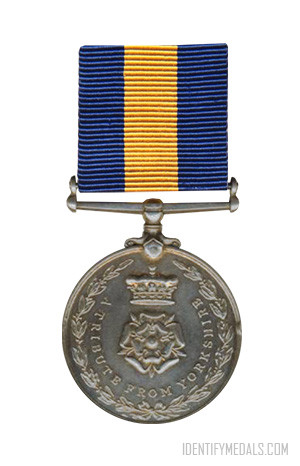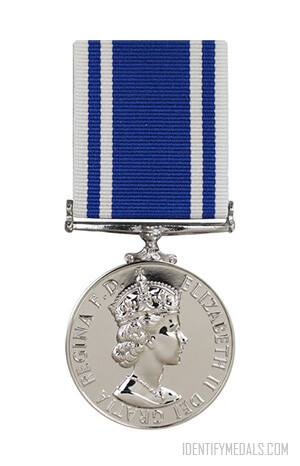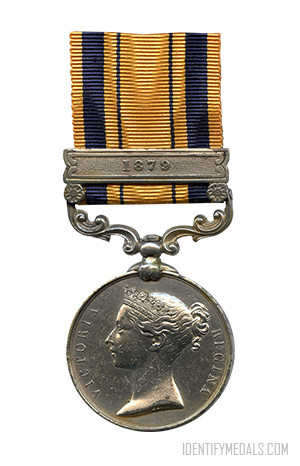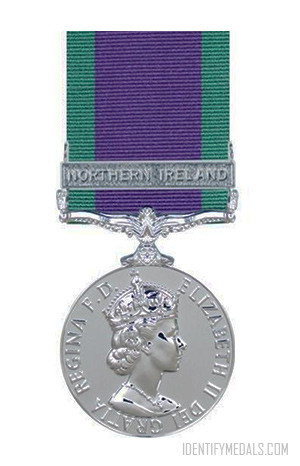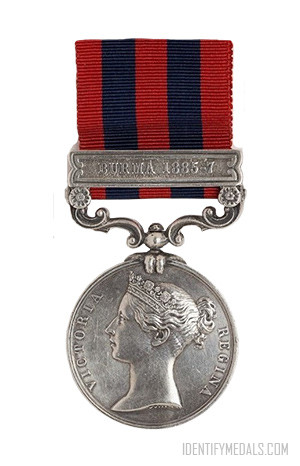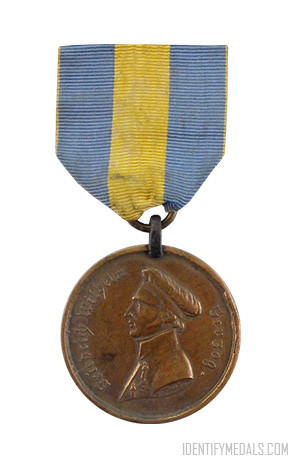- Time Period: Pre-WW1
- Year of Institution: 1816
- Country: Great Britain
The Nepal Medal was authorised on 20 March 1816 and awarded by the Honourable East India Company (HEIC) to native Indian officers, and Indian soldiers for particularly distinguished conduct during the Anglo-Nepalese War of 1814–16.
The award was created by the Marquess of Hastings, Governor-General of India, for award to all native Indian officers, and to selected native soldiers for distinguished zeal and courage during the War. The War was fought between the British HEIC and the Kingdom of Nepal as a result of border disputes between the two countries, and ended in 1816 with the Treaty of Sugauli.
A total of 300 medals were awarded. Members of the British Army were not eligible for the medal, but were entitled to the Army of India Medal with clasp Nepaul.
The Nepal Medal Design
The medal was struck at the Calcutta Mint in gold or silver and measured 51 mm in diameter.
The obverse shows a fortified mountain-top with, in the foreground, a cannon and troops marching with a flag and fitted bayonets behind a hill.
The reverse bears the Persian inscription: “This medal was conferred by the Nawab Governor-General Baghatur, in testimony of the energy, good service, skill and intrepidity which was displayed during the campaigns in the hills, in the Hijri years 1229 and 1230.”
The medal was awarded without a ribbon, but with a yellow cord.

